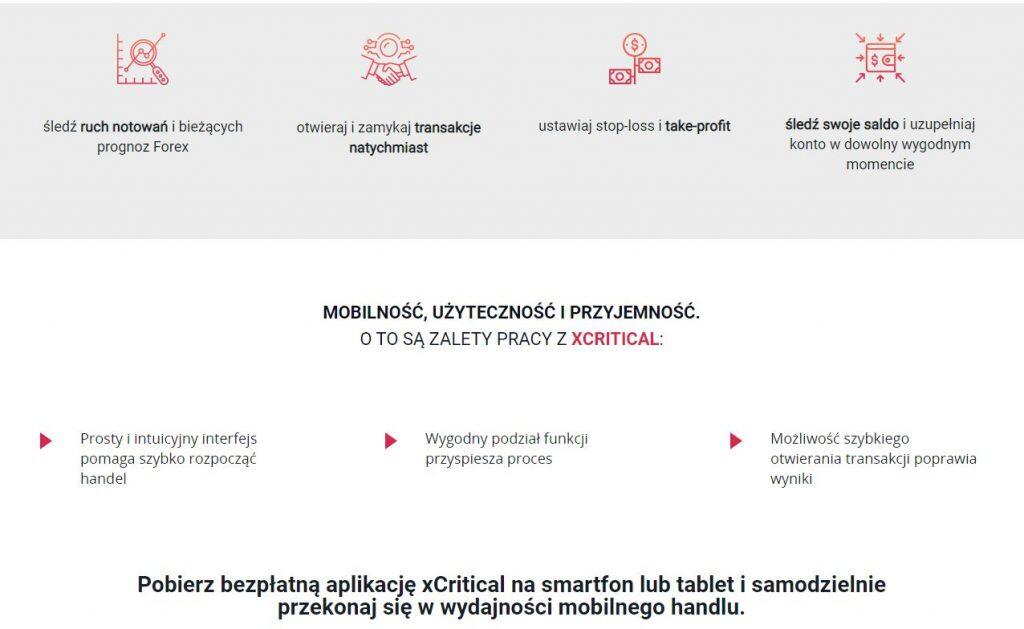

#non edges wheareas any value above 120 are considered as edges. #any gradient larger than threshold 1 is considered not to be an edge. #any gradient larger than threshold 2 is considered to be an edge. Laplacian – optimal due to low error rate, well defined edges and accurate detection.

In this example, you’ll segment the image using thresholding techniques. You can also use the .GaussianBlur() filter, which uses a Gaussian blur kernel. The Gaussian kernel puts more weight on the pixels at the center of the kernel than those at the edges, and this leads to smoother blurring than what’s obtained with the box blur. For this reason, Gaussian blurring can give better results in many cases. The .BoxBlur() filter is similar to the one described in the previous section introducing convolution kernels.
Python: Building an Image Manipulation Tool (Part
When it’s 0, the flip will be vertical, while when it’s negative, it’s flipped both horizontally and vertically. Overlay ImagesThe overlay() function overlays the front image onto the back image. Because the original image uses the BGR scales , we specify the color coding as BGR2GRAY, which will generate the image in the gray scale. Here we use the default interpolation ("nearest"), since we did not give imshow() any interpolation argument. The difference image only shows three regions from the original image.
- A few example invocations of our program are demonstrated to show how it can be used in real-world scenarios.
- This is cast to an int in case the division gives a decimal.
- Pgmagick is a Python-based wrapper for the GraphicsMagick library.
- The Python Imaging Library, or PIL for short, is one of the core libraries for image manipulation in Python.
After the conversion, you notice that the image has been reduced to just a 2D array because we only need single values to denote the gray scale. To convert the image from color to gray, we can use the cvtColor function, as shown below. Another useful parameter to consider is the interpolation parameter, which specifies how we want to interpolate the BGR values for the target image. Because from the previous examination we know that the image has a square shape, we keep the aspect ratio by setting the size to be a square.
Now that you’ve installed the package, you’re ready to start familiarizing yourself with the Python Pillow library and perform basic manipulations of images. The image processing library provides access to over 2,500 state-of-the-art and classic algorithms. Users can use OpenCV to perform several specific tasks like removing red eyes and following eye movements. We suggest you to use a proper IDE such as Spyder or PyCharm for this tutorial so you can take advantage of smart completion features of the parameters and arguments.
Let’s explain how the coordinates work in Drawer.rectangle which can be a bit confusing sometimes. And let’s also look at some of the parameters that can make your drawing object more defined such as color and thickness. An .enhance() value of 1 will apply original colors, 0 will give black&white, 100 will blow out the colors and 0.5 will be half way into a black&white image.
PIL/Pillow
By default, the front https://forexhero.info/ will be placed in the left upper corner, which has a coordinate of . If both numbers are increasing, it means that the position moves towards the right bottom corner. I’ll leave the calculation to you, which should be straightforward. Resize ImagesYou pass the original image to the resize function as the first parameter.
- Download stinkbug.pngto your computer for the rest of this tutorial.
- You create an array of size 600x600 containing zeros everywhere.
- There’s a lot more to learn about the theory and practice of image processing.
The conversion depends on whether the value in the grayscale image is greater or smaller than the threshold value. The blurred images show that the box blur filter with a radius of 20 produces an image that’s more blurred than the image generated by the box blur filter with radius 5. The red image contains a strong signal in the pixels that represent the strawberry, because these pixels are mostly red. The green and blue channels show these pixels as dark because they have small values.
Data Conversion in Go
These regions highlight the differences between the two images. You can also see some noise surrounding the cloud and the fence, which is due to small changes in the original JPEG compression in the region surrounding these items. You may need to slightly adjust the threshold value if your results do not match the ones shown in this tutorial. You can also use the PIL module to show the image with your default image viewer. Alex McFarland is a Brazil-based writer who covers the latest developments in artificial intelligence.
SILA: a system for scientific image analysis Scientific Reports - Nature.com
SILA: a system for scientific image analysis Scientific Reports.
Posted: Mon, 31 Oct 2022 07:00:00 GMT [source]
The center parameter lets you pick the point that the image should rotate around. By default, the image will rotate around the center as shown in the image produced by Listing 4. You can, however, change the center by setting a tuple value for the coordinates to spin around. The upper left corner would be and the bottom right would be .
images
In the earlier section discussing kernels, the box blur filter that you used was a 3x3 filter. This means that it had a radius of 1, because the filter extends by one pixel from the center. The Python Pillow library has several built-in kernels and functions that’ll perform the convolution described above. You don’t need to understand the math of filtering through convolution to use these filters, but it always helps to know what’s happening behind the scenes when using these tools.
Affine transformations are of three types scaling, rotation and translation, the important thing in affine transformations is that lines are parallel before and after image transformations.
Here I have imported PIL to retrieve the version number, and Image and ImageEnhance for the actual image manipulations. If you create a watermark file remember to give it a transparent background, for which you will need a png rather than a jpg. Before it adds the watermark, it will create a copy of the image and resize it down to a thumbnail size and saves it in a separate folder. I want to give the user the ability to upload a picture that is any size.
A tutorial and case study on developing an image processing application with Python
The total number of image manipulation can be accessed by the image’s size attribute. Before we can manipulate images, the first thing is to read the image, which can be done conveniently with the imread function, as shown below. We'll use the Pillow library that we used to load the image also to resize the image. Pseudocolor can be a useful tool for enhancing contrast and visualizing your data more easily. This is especially useful when making presentations of your data using projectors - their contrast is typically quite poor. The red square starts in a position displaced to the top-left of the center.

You’ll learn about these two techniques in the next section. You also convert the image into a binary mode using "1" as an argument to .convert(). The pixels in a binary image can only have the values of 0 or 1. When you look at an image, it’s relatively easy to determine the edges of objects within that image.
There is also a getting started guide, which has a brief tutorial on Pycairo. Technically, interpolation is a method of constructing new data points , within discrete set of known data points. It can occur on increasing the image size from smaller to larger or decreasing the image size from larger to smaller.

This takes a tuple with the maximum width and height and does the calculation to preserve the height/width ratio for us. Most Image methods return a new object but thumbnail edits the existing image, although we can create a new file by passing a different filename to the save method. There are several quirks and inconsistencies like this in Pillow. The following code shows you how to add a string to the image. To make the text easier to notice, I’ll just add the text to the image that was created in the previous section with a solid background, using the following code.
Imagic: AI Image Editing from Text Commands - hackernoon.com
Imagic: AI Image Editing from Text Commands.
Posted: Sun, 23 Oct 2022 07:00:00 GMT [source]
To create a histogram of our image data, we use the hist() function. The first argument in .paste() indicates the image that you wish to paste in, and the third argument represents the mask. In this case, you’re using the same image as a mask because the image is a binary image. The second argument provides the top-left coordinates of the region where you want to paste the image. You’ll need to remove the picture of the cat from the background using image segmentation techniques.
This gives a value for each pixel position in the new image. Therefore, all the multiplications from step 2 will be zero, and their addition will also be zero. The red squares represent pixels in the image that have a value of 255. The white squares represent pixels in the image that have a value of 0. This function was used to generate all the displays that show more than one image in this tutorial.
The left-hand side of this binary image shows a white dot on a black background, while the right-hand side shows a black hole in a solid white section. You can use the Python Pillow library to extract the cat from the first image and place it on the floor of the monastery courtyard. You’ll use a number of image processing techniques to achieve this.